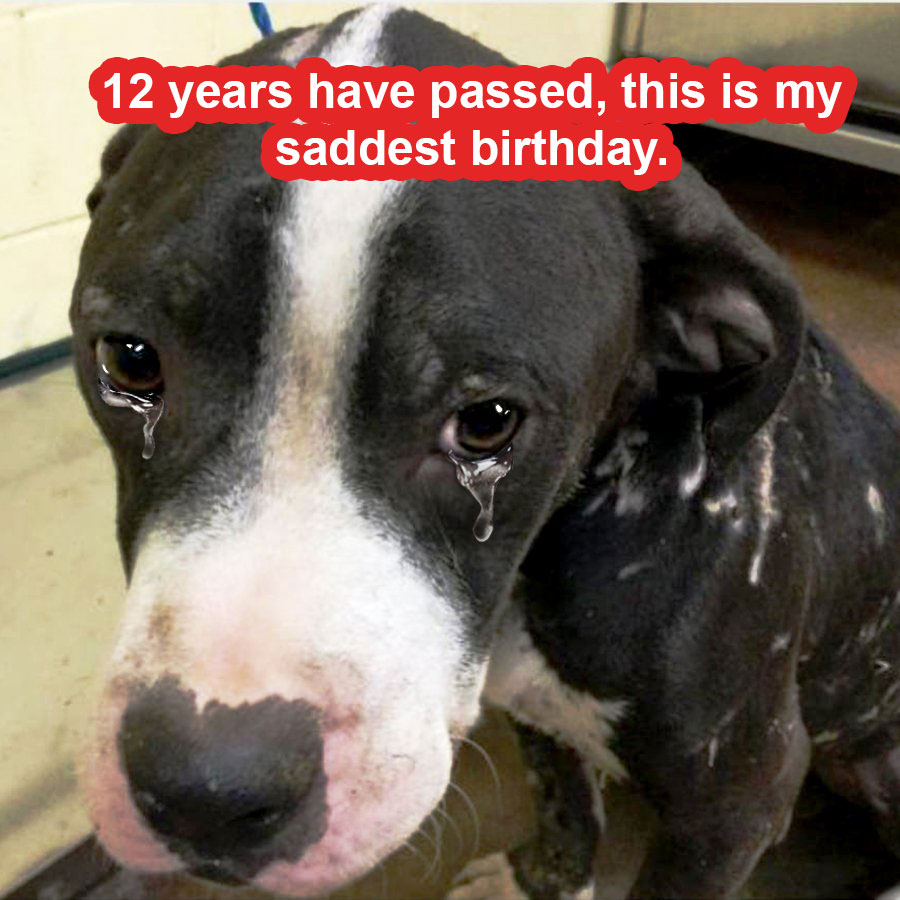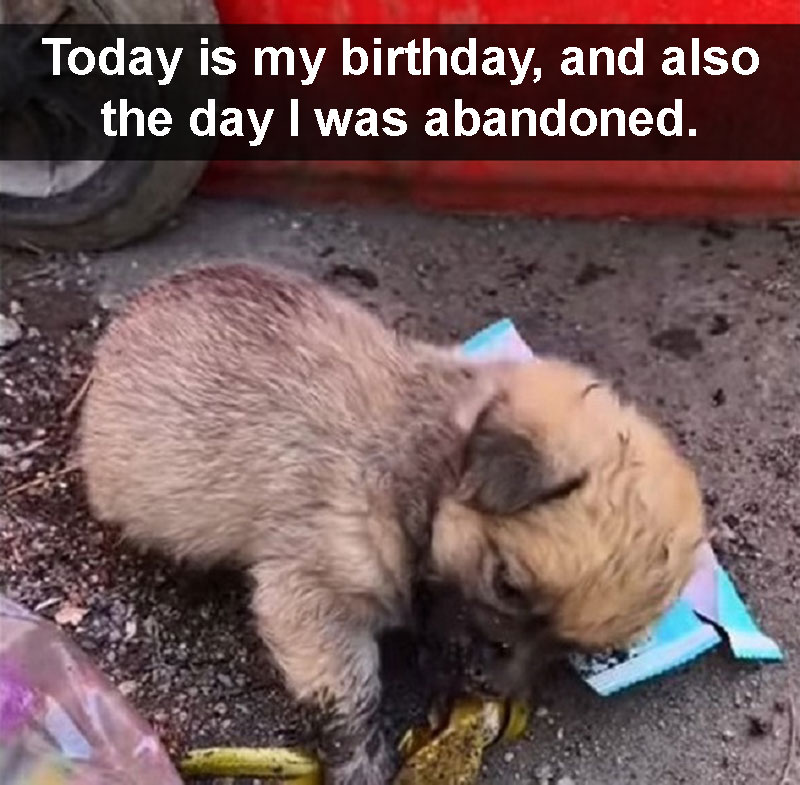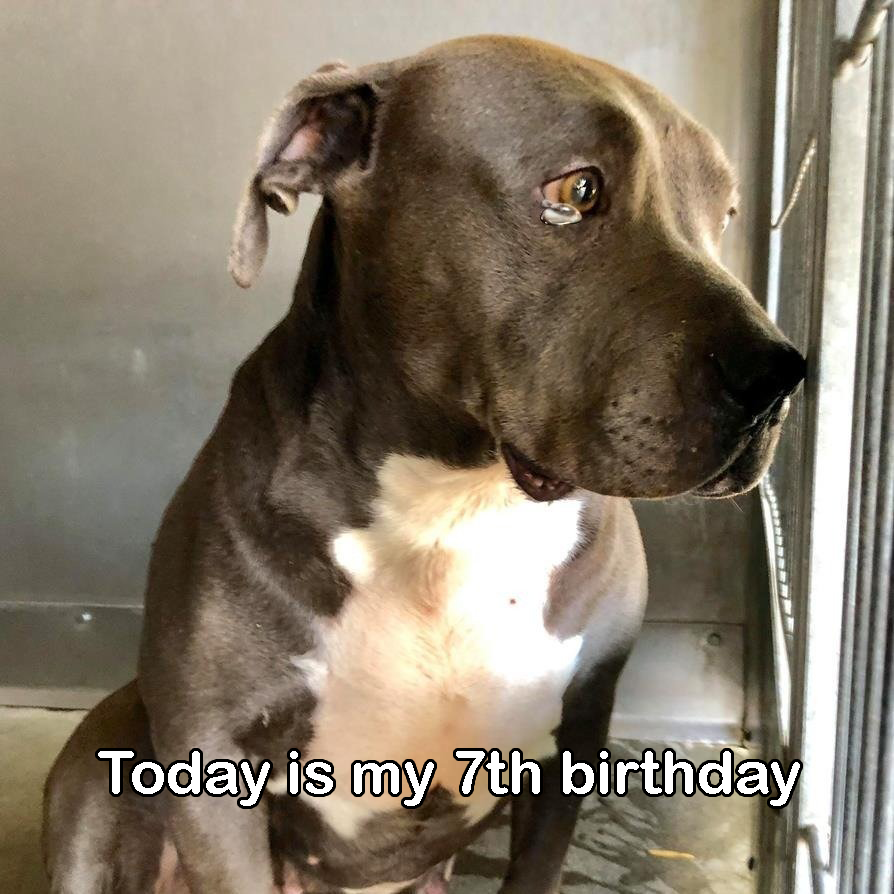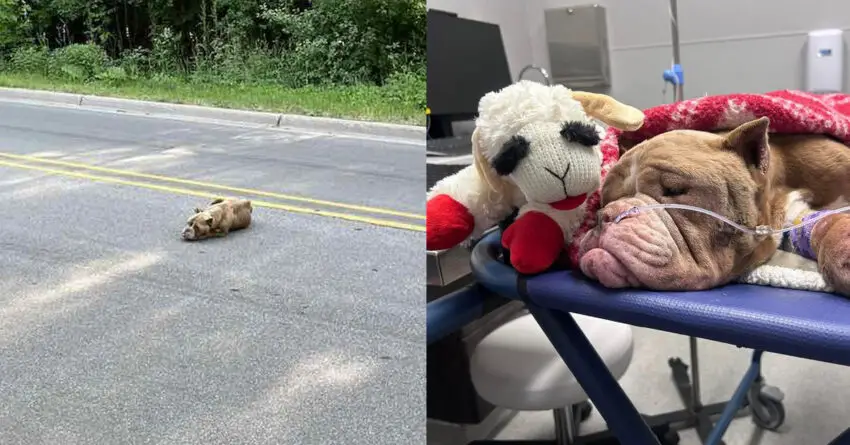Animal shelters play an essential role in rescuing and rehoming stray and abandoned pets. However, sometimes circumstances arise that seem unjust, especially when a life is at stake. Such is the case of Marshall, a five-year-old poodle currently on the euthanasia list at the City of San Bernardino Animal Services. After being adopted and returned within a few weeks, Marshall now faces an uncertain fate. But before we accept this situation, it’s important to take a closer look at the events that led to his potential euthanasia.
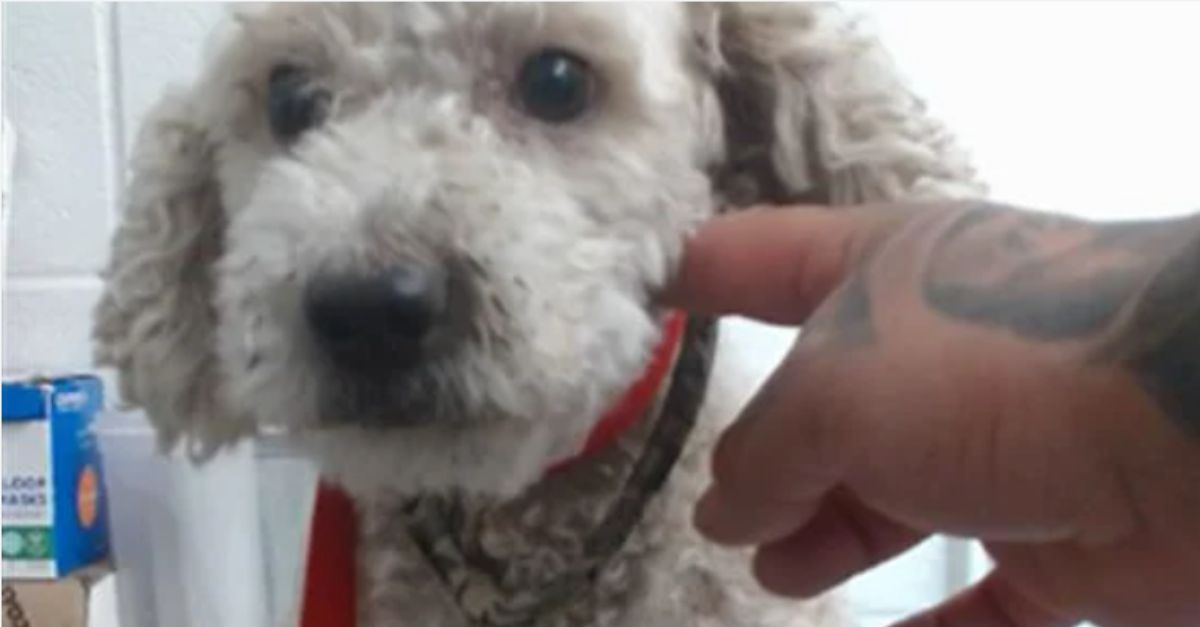
Poodle returned to shelter after 2 weeks for biting adopter’s mom while adjusting to new home
Marshall’s Journey: From Stray to Shelter
Marshall, a fluffy 16-pound poodle, was found as a stray and brought to the San Bernardino Animal Shelter. Efforts to locate his previous owners were unsuccessful, leaving the shelter staff with no choice but to place him up for adoption after the mandatory holding period. Like many dogs in the shelter system, Marshall was in search of a loving family, hoping to leave behind the fear and confusion of life as a stray.
The adoption process was completed, and Marshall found a new home in late September. However, just a few weeks later, he was returned to the shelter. The reason? A biting incident involving the adopter’s mother, who was on the bed with Marshall and her child when the incident occurred. This behavior, which could be interpreted as possessive or protective, is unfortunately not uncommon in dogs who are in unfamiliar environments and may still be adjusting to their new surroundings.
The Incident: What Went Wrong?
The key moment that led to Marshall’s return and scheduled euthanasia was the bite incident. According to the shelter records, the adopter’s mother reached out to Marshall while he was on the bed with her child, and Marshall bit her thumb in response. While the details of the interaction remain unclear, animal behaviorists often point to such situations as ones where dogs may feel threatened, particularly if they are still getting used to new people and spaces.
Dogs, especially those who have experienced the stress of living in a shelter, need time to adjust to their new homes. This adjustment period can be overwhelming for dogs like Marshall, who may exhibit behavior that reflects fear, anxiety, or even protectiveness. It is not uncommon for dogs to need weeks or even months to fully settle into a new environment, especially after leaving the noisy and chaotic atmosphere of an overcrowded shelter. Unfortunately, in Marshall’s case, his adopters did not give him the time he needed to decompress and feel secure.
The Decision to Euthanize: Is It Justified?
After being returned to the shelter, Marshall was placed on the euthanasia list for October 3rd, 2024. This decision raises an important ethical question: Is it fair to euthanize a dog for exhibiting behavior that could have been a result of stress or confusion in a new environment? Many animal advocates argue that dogs like Marshall should be given additional time and support to adjust, rather than being penalized for what might have been an isolated incident.
It’s important to remember that Marshall’s behavior was not random or without cause. Protective or possessive behavior is often a dog’s way of responding to perceived threats, especially when they feel vulnerable or insecure. In this case, the bite occurred during a moment of close contact in an unfamiliar situation, which could have easily overwhelmed a dog still adjusting to his new surroundings. Rather than rushing to euthanize, could more resources be allocated toward rehabilitation or rehoming?
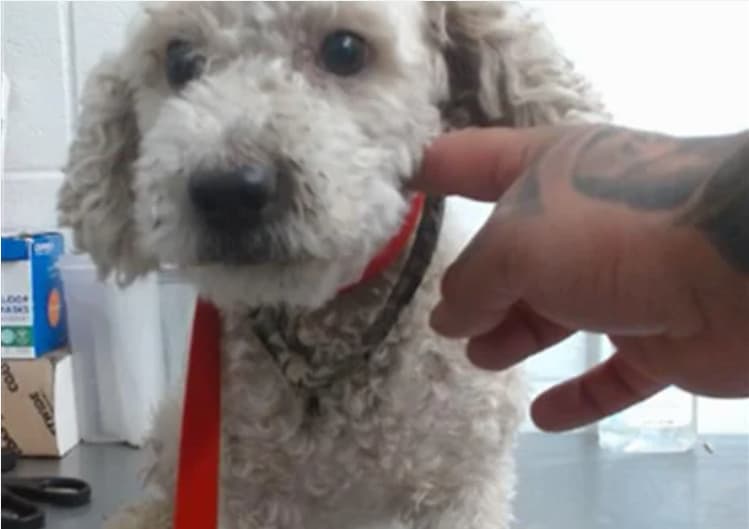
What Can Be Done: A Plea for Marshall’s Life
Marshall’s case highlights the challenges that animal shelters face in balancing the needs of individual animals with limited resources. Euthanasia is often seen as a last resort for shelters overwhelmed with too many animals and not enough space. However, for dogs like Marshall, who have shown potential for adoption but may need more time or a more experienced owner, alternatives should be considered.
The San Bernardino Animal Shelter has issued a public notice about Marshall, and he is available for rescue or re-adoption until his scheduled euthanasia. Animal advocates and rescuers are being urged to step in and give Marshall a second chance at life. With the right environment, understanding, and training, many dogs that exhibit initial behavioral issues can thrive. Marshall’s life shouldn’t end because of one mistake; he deserves an opportunity to find a home where he can feel safe, secure, and loved.
If you or someone you know is able to help Marshall, please reach out to the City of San Bernardino Animal Services directly. The shelter is open seven days a week, and they are actively seeking a solution for Marshall. For more information, you can call the shelter at (909) 384-1304 and refer to Marshall’s ID number: #a569711.
The story of Marshall reminds us that every animal, no matter their past, deserves compassion, patience, and a fair chance at life. Let’s hope that, with the support of animal lovers in the community, Marshall will be given that chance.














